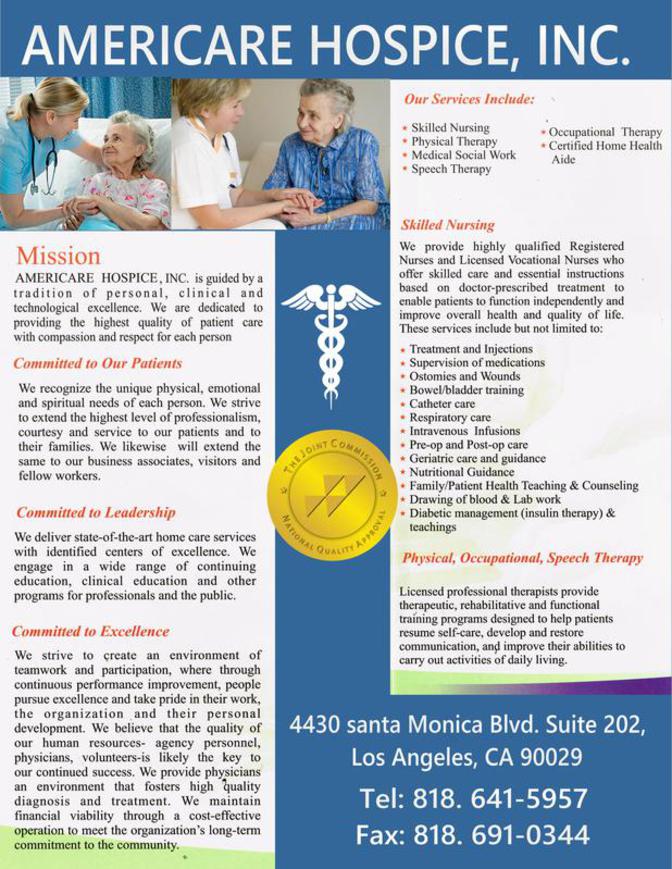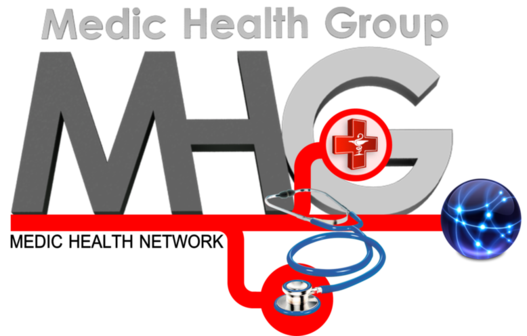Medic Health Group
Medic Health Network
Alcohol use disorder facts
Alcohol abuse and dependence, now both included under the diagnosis of alcohol use disorder, is a disease that is characterized by the sufferer having a pattern of drinking excessively despite the negative effects of alcohol on the individual's work, medical, legal, educational, and/or social life. It may involve a destructive pattern of alcohol use that includes a number of symptoms, including tolerance to or withdrawal from the substance, using more alcohol and/or for a longer time than planned, and trouble reducing its use.
Alcohol abuse, on the less severe end of the alcohol use disorder spectrum, affects about 10% of women and 20% of men in the United States, most beginning by their mid teens.
Signs of alcohol intoxication include the smell of alcohol on the breath or skin, glazed or bloodshot eyes, the person being unusually passive or argumentative, and/or a deterioration in the person's appearance or hygiene.
Almost 2,000 people under 21 years of age die each year in car crashes in which underage drinking is involved. Alcohol is involved in nearly half of all violent deaths involving teens.
Alcohol, especially when consumed in excess, can affect teens, women, men, and the elderly quite differently.
Risk factors for developing a drinking problem include low self-esteem, depression, anxiety or another mood problem, as well as having parents with alcoholism.
Alcohol use disorder has no one single cause and is not directly passed from one generation to another genetically. Rather, it is the result of a complex group of genetic, psychological, and environmental factors.
There is no one test that definitively indicates that someone has an alcohol-use disorder. Therefore, health-care professionals diagnose these disorders by gathering comprehensive medical, family, and mental-health information.
There are thought to be five stages of alcoholism, the more severe end of the alcohol use disorder spectrum.
There are numerous individual treatments for alcoholism, including medical stabilization (detox), individual and group counseling, support groups, residential treatment, medications, drug testing, and/or relapse-prevention programs.
Some signs of a drinking problem include drinking alone, to escape problems, or for the sole purpose of getting drunk; hiding alcohol in odd places; getting irritated and/or craving alcohol when you are unable to obtain alcohol to drink; and having problems because of your drinking.
While some people with more severe alcohol use disorder (formerly alcoholism or alcohol dependence) can cut back or stop drinking without help, most are only able to do so temporarily unless they get treatment.
There is no amount of alcohol intake that has been proven to be generally safe during pregnancy.
The long-term effects of alcohol abuse and alcoholism can be devastating and even life-threatening, negatively affecting virtually every organ system.
Codependence is the tendency to interact with another person in an excessively passive or caretaking manner that negatively affects the quality of the codependent individual's life.
Adequate supervision and clear communication by parents about the negative effects of alcohol and about parental expectations regarding alcohol and other drug use can significantly decrease alcohol use in teens.
With treatment, about 70% of people with alcoholism are able to decrease the number of days they consume alcohol and improve their overall health status within six months.
What is alcohol abuse?
Alcohol abuse, now included in the diagnosis of alcohol use disorder, is a disease. It is characterized by a maladaptive pattern of drinking alcohol that results in negative work, medical, legal, educational, and/or social effects on a person's life. The individual who abuses this substance tends to continue to use it despite such consequences. Effects of alcohol use disorder on families can include increased domestic abuse/domestic violence. The effects that parental alcoholism can have on children can be significantly detrimental in other ways as well. For example, the sons and daughters of alcoholics seem to be at higher risk for experiencing more negative feelings, stress, and alienation as well as aggression. There are a multitude of negative psychological effects of alcohol use disorder, including depression and antisocial behaviors.
Statistics about less severe alcohol use disorder (alcohol abuse) in the Unites States include its afflicting about 10% of women and 20% of men. Other alcohol abuse facts and statistics include the following:
Most people who develop severe alcohol use disorder (alcohol dependence/addiction) do so between 18 and 25 years of age.
Symptoms tend to alternate between periods of alcohol abuse and abstinence (relapse and remission) over time.
The majority of individuals who abuse alcohol never go on to develop severe alcohol use disorder, formerly referred to as alcohol dependence.
Alcohol-use statistics by country indicate that among European countries, Mediterranean countries have the highest rate of abstinence and that wine-producing countries tend to have the highest rates of alcohol consumption.
In many European countries, beer tends to be the alcoholic drink of choice by teenagers, followed by liquor over wine.
What is alcoholism?
Alcoholism formerly called alcohol dependence or alcohol addiction, is the more severe end of the alcohol use disorder spectrum. It is a destructive pattern of alcohol use that includes tolerance to or withdrawal from the substance, using more alcohol or using it for longer than planned, and trouble reducing its use or inability to use it in moderation. Other potential symptoms include spending an inordinate amount of time getting, using, or recovering from the use of alcohol, compromised functioning, and/or continuing to use alcohol despite an awareness of the detrimental effects it is having on one's life.
Alcoholism is appropriately considered a disease rather than a weakness of character or chosen pattern of bad behavior. It is the third most common mental illness, affecting more than 14 million people in the United States. Other facts and statistics about alcohol dependence include its pattern of afflicting about 4% of women and 10% of men. It costs more than $165 billion per year in lower productivity, early death, and costs for treatment.
What differentiates alcohol abuse from alcoholism?
While both alcohol abuse and alcoholism are included in the alcohol use disorder diagnosis and involve engaging in maladaptive behaviors in the use of alcohol, abuse of this substance does not include the person having withdrawal symptoms or needing more and more amounts to achieve intoxication (tolerance) unless the person has developed alcoholism.
What are risk factors for alcoholism?
Risk factors for developing a drinking problem include depression, anxiety, or another mood problem in the individual, as well as having parents with alcoholism. Low self-esteem and feeling out of place are other risk factors for developing alcohol dependence. In women, antisocial behaviors and impulsivity are associated with the development of severe alcohol use disorder. Both men and women are more likely to develop alcoholism if they have a childhood history of being physically or sexually abused. Children and teens who have their first drink of alcohol between 11 and 14 years of age are more at risk for developing a drinking problem than those who do so when either younger or older.
Email:medichealthgroup@gmail.com
Special THANKS
To Our Sponsors
Special THANKS To Our Sponsors





